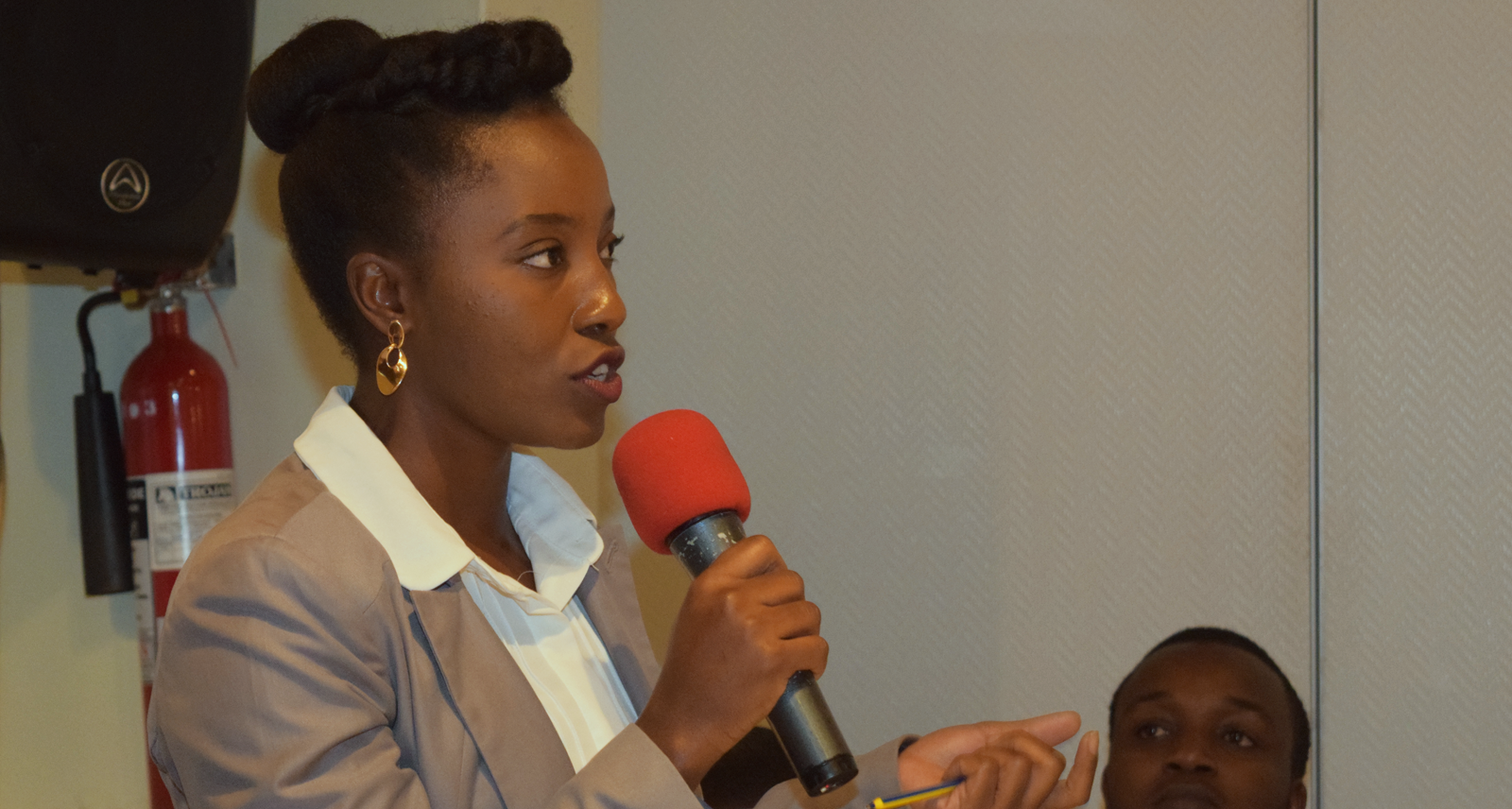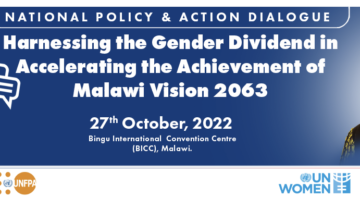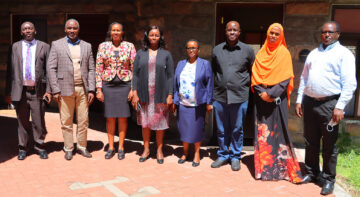Blogs

Sub-saharan Africa is reported to have the highest number (over 90%) of teen pregnancies, a worrying trend with serious risks and consequences to the health and wellbeing of those affected. According to WHO, teen pregnancies contribute significantly to maternal and child mortality, school dropouts, and perpetuate the poverty cycle. In Kenya, almost 2 out of 10 girls between the ages of 15 and 19 are reported to be pregnant or have a child already. This trend has been fairly consistent for more than two decades with the country’s Demographic and Health Surveys showing little change in prevalence between 1993 and 2014. This is despite there being various policies, interventions and policies to address the problem. Towards the end of last year, the problem surfaced with reports of young girls pregnant or giving birth while doing their national exams. The high number of cases reported prompted a public outcry and calls for authorities to intervene.
The question begs, why are interventions unsuccessful in ending teen pregnancies and what do we need to do differently to get results?
AFIDEP-UNFPA Policy dialogue on teen pregnancies, youth and adolescence, sexual reproductive health
To discuss this and provide actionable recommendations, AFIDEP and the United Nations Population Fund (UNFPA) convened a policy dialogue on adolescence, youth, sexual reproductive health (AYSRH) with a focus on teen pregnancies. Over 70people drawn from government, academia, think tanks, civil society, youth, and the media participated in the dialogue that elicited interesting debate and the outcome was a call to action on approaches that need to be reinforced to effectively deal with the rise in teen pregnancies.
Teenagers are having sex
There is a tendency to imagine that teenagers are not having sex when in reality they are and this, according to the Kenya National Aids Indicator Survey (2012), is as early as ten years of age. Echoing one of the young ladies in attendance “the standard reaction teenagers have from parents and society at large is: don’t have sex; don’t even think about it; and don’t get pregnant. Yet we forget that puberty is a turbulent period for both girls and boys and what they need is understanding and tactful guidance.” Participants were in agreement that we need to ‘stop burying our heads in the sand’ and find solutions.
Sex education- a contentious topic
It is almost as if adolescents are playing Russian roulette with their lives, experimenting with something they have little or no information about. The conversation to have sex education in our curriculum (s) for primary and secondary schools has been contentious along ideological, cultural and religious lines. Interestingly, the opponents of sex education in schools argue that it will open up young children to promiscuity while the reality is, the environment is rife with sexual content already [from mobile proliferation, social media as well as content on broadcast and print media].
There is, therefore, need to provide comprehensive and age-appropriate education on sexual and reproductive health, giving teenagers the pedestal to make informed decisions. “It is about providing information and choices so that the teens can make their own decisions. You can’t make the decision for them,” noted Pastor Flavia Murugi ofParklands Baptist Church, Nairobi.
Parenting and role models
Discussions from the policy dialogue reveal that there are no formal structures for teenagers to access sexual and reproductive health education. Often, these teenagers turn to sisters, brothers, friends and cousins or individuals closer to their age to understand more about sex while others turn to the internet. Parents are perhaps not able to offer comprehensive guidance because of generational and cultural barriers, and knowledge gaps. Potentially, this leads to misinformation thereby increasing the rate of teenage pregnancies.
“This conversation should start at home. We’re failing because we’re trying to have these conversations, policy-wise, in school. The government is taking up the responsibilities of parents, but it’s essentially a parent’s role to do,” said Dr Nelly Bosire, Consultant Gynaecologist
The time is ripe for parents and the society at large to start having candid conversations in a safe space about sex and reproductive health with both adolescent girls and boys. Parents need to be approachable and open to engaging their own children on sexual matters while the rest of society provides role models to complement the parents in mentoring teenagers on ASRH.
Leaving no one behind
A young man during the policy dialogue was quick to point out the need to involve men in conversations on teenage pregnancy, after all, who is responsible? The burden of teen pregnancies is often borne by the girl and her family. Men are critical actors in teen pregnancy prevention and more efforts should be geared towards involving them in this agenda. Ideally, the decision to have sex and to or not to use contraceptives is a choice of two individuals [girl and boy] thus reducing teenage pregnancy should be an initiative that involves men.
The voice of the youth
The policy dialogue was graced by a group of vibrant and outspoken young men and women who were unapologetic in demanding to have access to accurate information, unlimited access to reproductive health services, and involvement in forming policies that affect them. Contrary to popular belief, young people are not clueless about ASRH matters. In fact, they are alive and aware of their sexuality and the challenges intrinsic to it; including teenage pregnancy.
The policy dialogue was timely in providing an opportunity for stakeholders to renew their commitment to reducing teenage pregnancies, at a time when comprehensive sex education is not featured in the ongoing debate on the new school curriculum in Kenya. There is also a need to identify and deal with the implementation challenges of the National Reproductive Health Policy (2015) and related policies. The discussions and participants’ feedback drew attention to new perspectives and important action points to consider while coming up with policy recommendations to address the matter decisively.
The policy dialogue was attended by 70 stakeholders from the government, development partners, the youth, academia, think tanks, civil society, faith-based organisations and the media. The outcome was a call for action to deal decisively with the problem of teen pregnancies.
Please take 3 minutes to give us feedback on the policy dialogue here.
Related Posts





